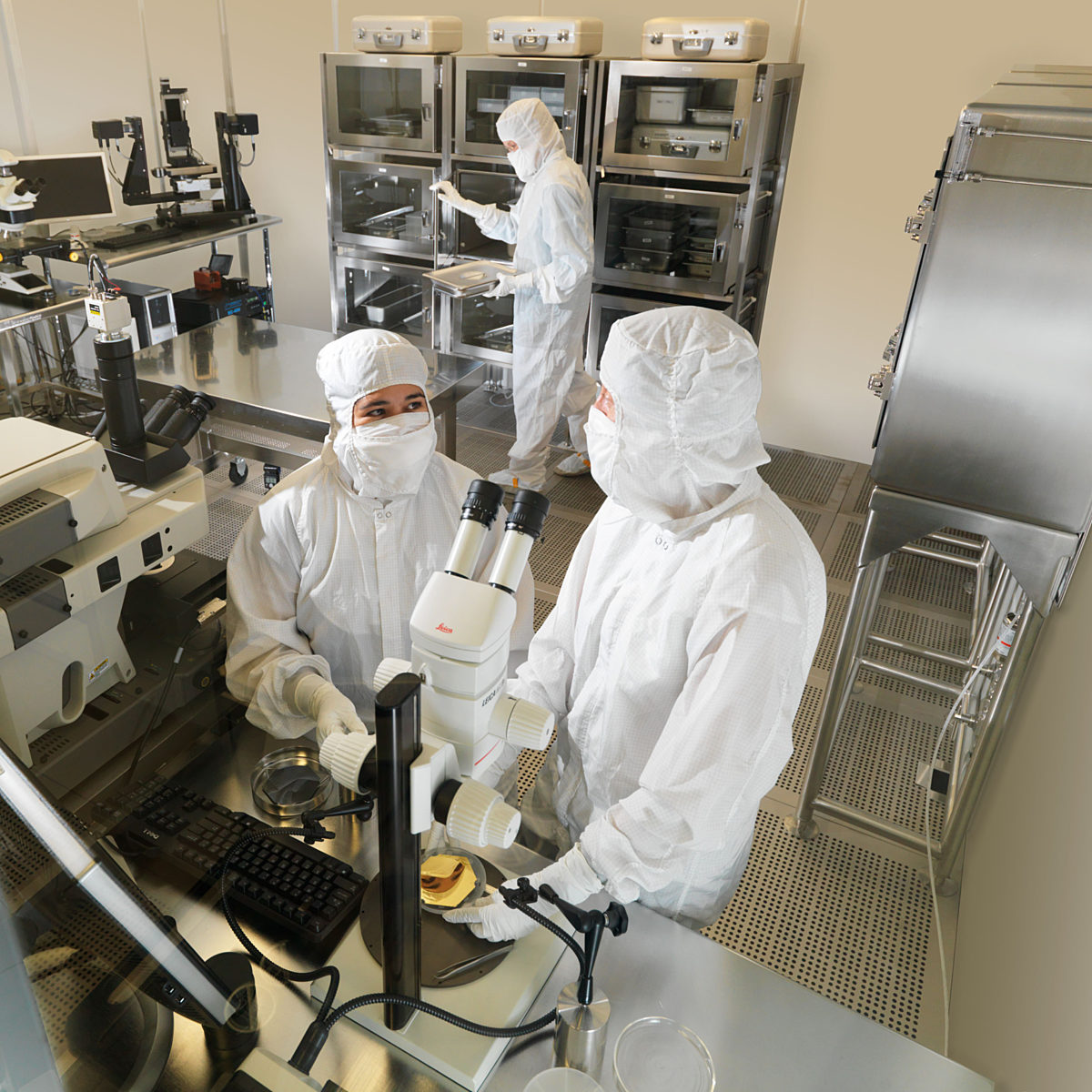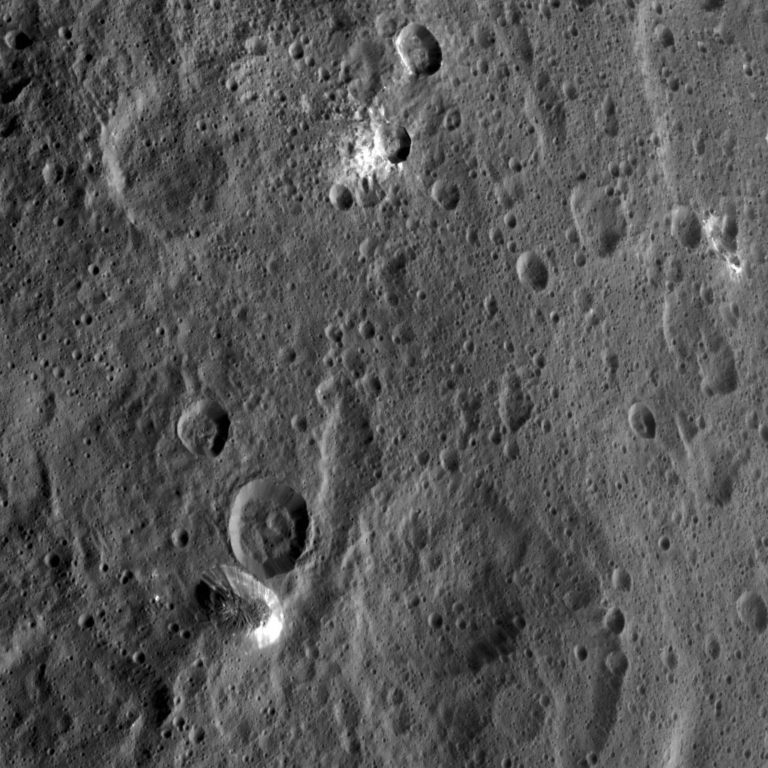All
All
Stories, updates, insights, and original analysis from The Planetary Society.
Hayabusa2's Approach phase has begun with a new photo of Ryugu!
On June 3, Hayabusa2 ended use of its ion engines, for now, and is coasting the remaining distance toward Ryugu. It's using an optical navigation camera to image the asteroid's position against a field of background stars to help it navigate.
Dawn Journal: Getting Elliptical
For the first time in almost a year, the Dawn mission control room at JPL is aglow with blue.
Philae science results: Comet 67P is crunchy on the outside, soft on the inside
What is the surface of a comet like? That's one of the main questions that motivated Philae's mission to the surface of comet 67P/Churyumov-Gerasimenko. We now know the comet has a rigid crust about 10 to 50 centimeters thick, below which the comet is much more fluffy.
A Comet or Titan: The Next New Frontiers Mission
Both would do compelling science in the mid-2030s. Otherwise the two missions could not be more different.
What kind of asteroid is Ryugu?
What do we already know about Ryugu, and why is it so hard to know what it looks like? Hayabusa2 Mission Manger Makoto Yoshikawa
Dawn Journal: The Final Countdown
The Dawn mission has only one revolution to go before the spacecraft begins the final campaign of its long and rewarding deep-space adventure.
#LPSC2018: Fungi in the lab, hot springs frozen cold, and exploding lakes
The first astrobiology session at last week's Lunar and Planetary Science Conference featured talks on a huge variety of interesting topics, and was one of my favorite sessions at the meeting.
Announcing the 2018 Shoemaker NEO Grant Winners
Seven very advanced amateur astronomers will help find, track, and characterize near Earth asteroids.
Sketching a science meeting
The Planetary Society has always enjoyed the connections between science and art, so when I saw Leila Qışın's sketches pop up on her Twitter feed during the recent New Horizons team meeting, I knew I had to share them with you.
Hayabusa2 has detected Ryugu!
In a milestone for the mission, JAXA's Hayabusa2 sample return spacecraft has sighted its destination, asteroid Ryugu.
Some big moons in the Kuiper belt
In a new preprint, Mike Brown and Bryan Butler show evidence that two Kuiper belt moons are even bigger than we used to think. They are Eris' moon Dysnomia, and Orcus' moon Vanth.
New Horizons prepares for encounter with 2014 MU69
Throughout 2018, New Horizons will cruise toward its January 1 encounter with 2014 MU69. Preparations for the flyby are nearly complete.
Dawn Journal: 4 Billion Miles
Permanently in residence at dwarf planet Ceres, Dawn is now preparing to add some finishing touches to its mission.
Planetary Society asteroid hunter snags picture of interstellar visitor ʻOumuamua
Asteroid hunters named the first-known interstellar asteroid ʻOumuamua as a nod to its scout-like traits.
Dawn Journal: Second Extended Mission
Building on the successes of its primary mission and its first extended mission, NASA has approved the veteran explorer for a second extended mission.
Explore spinnable Saturn and Jupiter moons with Google Maps
Google Maps released several new map products that allow you to see the locations of named features on many solar system planets and non-planets, spinning them around in space with your mouse.
#DPS2017: Progress report on Mars Reconnaissance Orbiter images of comet C/2013 A1 Siding Spring
Three years ago, on October 19, 2014, comet C/2013 A1 Siding Spring passed within 138,000 kilometers of Mars. At the 2017 meeting of the Division for Planetary Sciences of the American Astronomical Society, we heard a progress report on Mars orbiter imaging of the comet's nucleus.
Planetary Society-funded telescopes help find ring around Haumea, a distant dwarf planet
Haumea has a ring! Two telescopes used in the discovery—one in Slovenia, and one in Italy—received funding from The Planetary Society's Shoemaker Near Earth Object (NEO) Grant program, which helps amateur astronomers find, track and characterize near-Earth asteroids.
Dawn Journal: 10 Years in Space
A decade after leaving its first home in the solar system, Dawn is healthy and successful at its current residence around Ceres.
Could the total solar eclipse reveal a comet?
Next week's solar eclipse will reveal the Sun's corona, nearby bright planets and stars, and, if we get extremely lucky, a comet!


 Explore Worlds
Explore Worlds Find Life
Find Life Defend Earth
Defend Earth


 Sun
Sun Mercury
Mercury Venus
Venus Earth
Earth Mars
Mars Jupiter
Jupiter Saturn
Saturn Uranus
Uranus Neptune
Neptune Small Bodies
Small Bodies


















